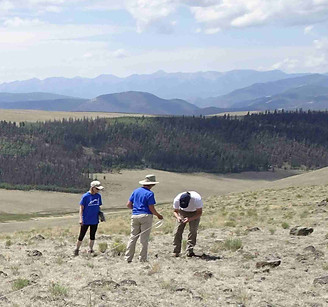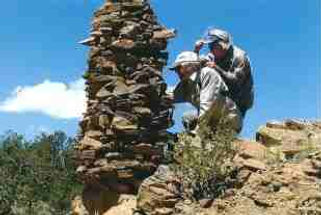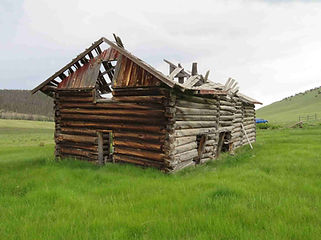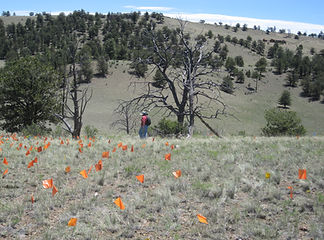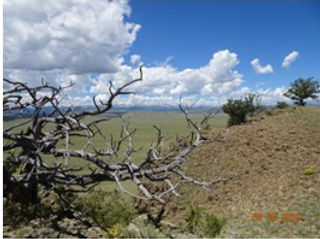STEWARDSHIP
Site Monitoring
The main activity of Site Stewardship is the site visit. Site visits are designed to check on the condition of historic and prehistoric sites. Sites can be altered by different sorts of circumstances which can affect their condition and state of preservation. Some of these adverse circumstances include, natural causes like erosion due to water or wind, animal damage including burrowing and grazing, and human interference including looting, vandalism and unintended damage. Site visits can also include survey and reconnaissance activities where Stewards look for and record new sites and artifacts.
Each site visit has its own unique sense of wonder and discovery. The historic sites we monitor include areas of significant mining, ranching and homesteading. Some of the types of prehistoric sites we visit include seasonal occupation sites, temporary campsites, hunting locations, food processing sites, and natural resource procurement sites. The oldest sites are at least 10,000 years old. The sites we monitor are located anywhere from lower elevation park-like settings, canyons, foothills and high altitude mountain settings. This wide variety of sites means that visits can range all the way from a short easy walk from a vehicle, a moderate hike cross-country, to an all-day strenuous mountain hike requiring 4x4 vehicles to access.
While there is no truly typical site visit due to the diversity of the sites, there are common elements and tasks involved in each visit. Whether we are visiting a prehistoric or historic site there are protocols to be followed to insure each visit is conducted safely and thoroughly.
A Site Visit Leader coordinates, organizes and leads every site visit. Pre-visit preparations include safety (checking weather conditions), research and specific site considerations. All site visits are conducted by teams of at least two Stewards. In the field Stewards follow predetermined procedures for examining the condition of the site, taking standardized photos, and reporting on the status of the site using electronic tablets with ArcGIS reporting features. There is also time to explore the site area for new observations and discoveries. The findings of our visits, including any changes to the site and new discoveries, are recorded on the tablets and reports sent to the site land managers. This information is also uploaded to our South Park Site Steward Database making it available to our Stewards and any interested professional archaeologists. A successful site visit is concluded with every site Steward returning home safely and site reporting completed.
Reconnaissance & Surveys
Public Land Managers
Site Stewards may participate in formal reconnaissance or surveys of prehistoric sites by request and under the guidance and supervision of land managers.
Private Landowners
If a private landowner requests verification of a potential cultural resource on his/her property, Site Stewards may conduct an initial surface reconnaissance on the property. If artifacts are discovered, SPSS will advise the landowner on the next steps they should take for professional verification and potential site surveying for formal recording with the State of Colorado in conformance with professional archaeological standards.
Location-based data syncs with our system of record once connected again to the Internet. Stewards are able to optimize recordation and operational efficiency of field activities in remote locations and at high altitudes.

